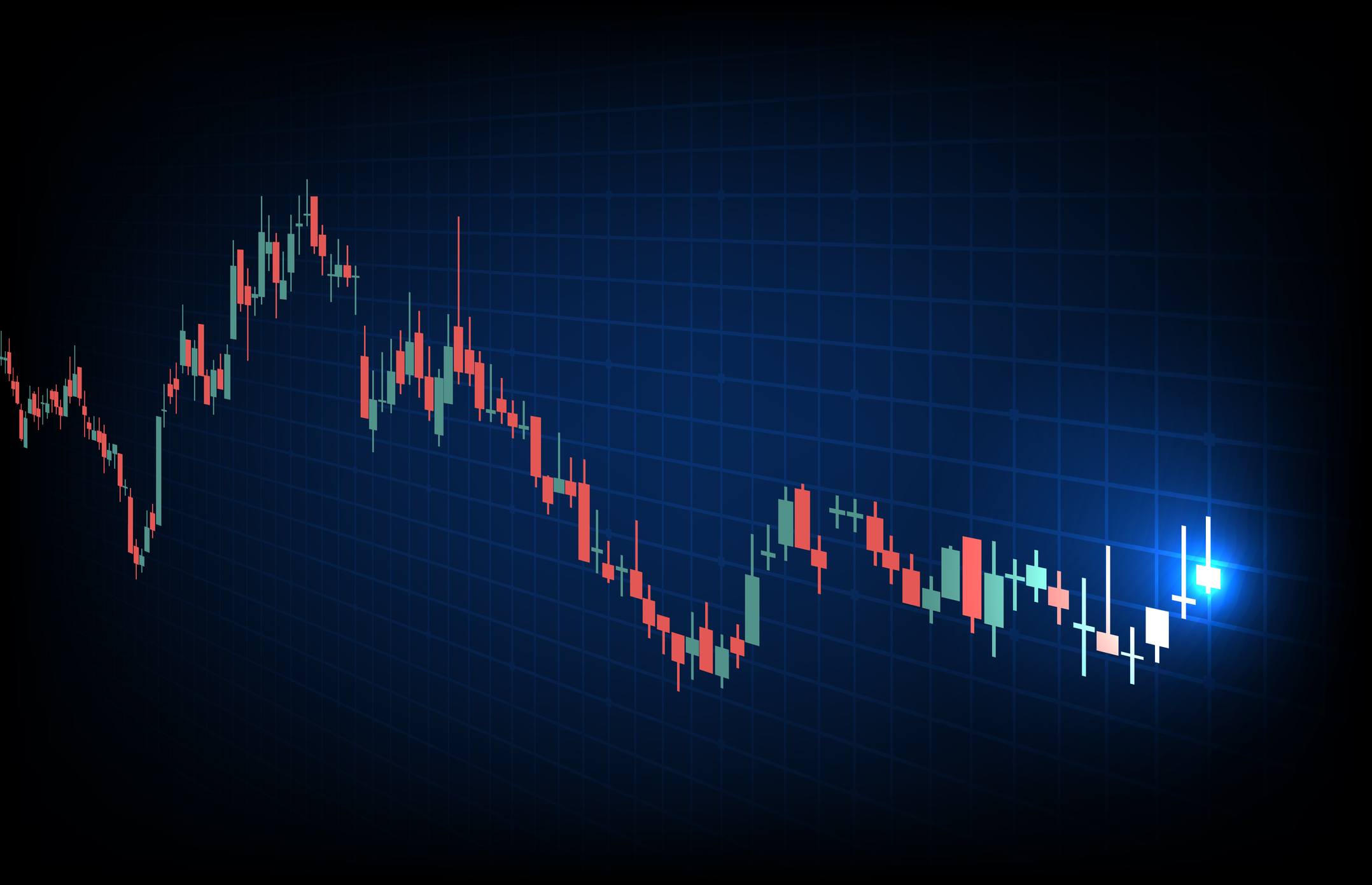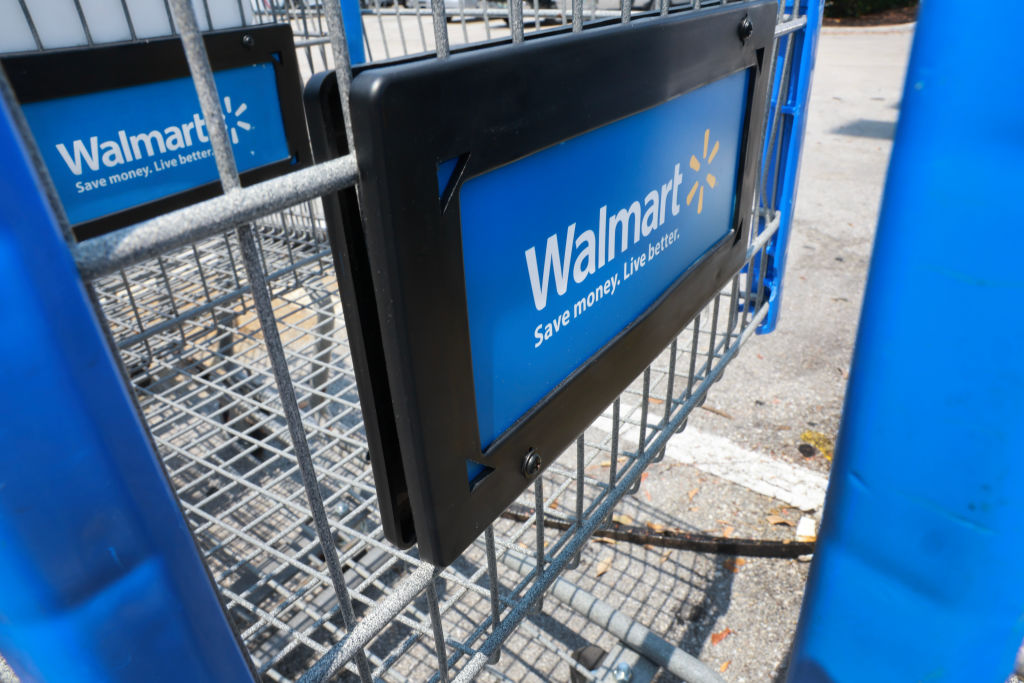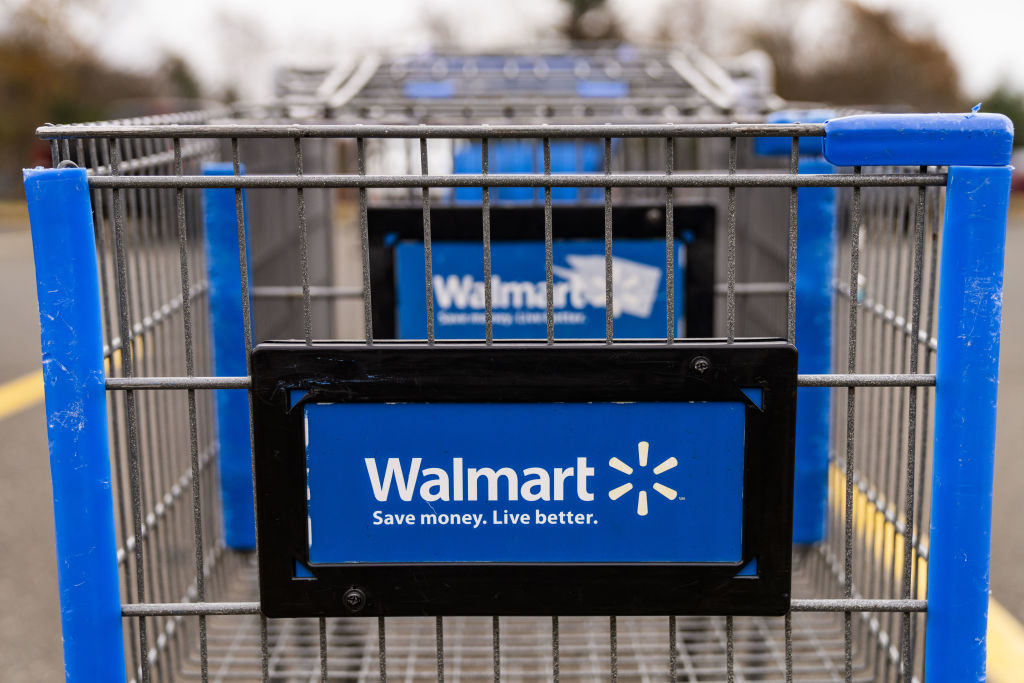Allianz Analyst Kristina Hooper Sees U.S. Stocks in the Lead
But she cautions that not having some global exposure could mean missed opportunities, particularly in Europe.

Kristina Hooper is the U.S. investment strategist for Allianz Global Investors. Here are excerpts from our interview:
Kiplinger’s: Where do you see stocks headed in 2015?
Hooper: That depends on where those stocks are located. We expect more decoupling of our markets from other markets. We believe the U.S. economy will continue to improve, while global economic growth will decelerate. In this environment, we expect the U.S. stock market to continue to move up. It will be a bumpy road, but we expect U.S. stocks to deliver better relative returns than other major investments, although there’s a place in your portfolio for investment-grade and high-yield U.S. bonds, too.

Sign up for Kiplinger’s Free E-Newsletters
Profit and prosper with the best of expert advice on investing, taxes, retirement, personal finance and more - straight to your e-mail.
Profit and prosper with the best of expert advice - straight to your e-mail.
What kind of stock market returns are you looking for? We expect high-single-digit to low-double-digit returns—most likely high-single-digit. But we’re going to see significant volatility. That’s because although we have an improving economy, we continue to see a large number of investors who lack confidence in this market. That’s not changing in 2015, particularly with concerns about a global economic slowdown and a less accommodative Federal Reserve Board.
What’s driving the economy? Improvement in the employment situation. Beyond that, we are starting to see capital expenditures improve. Companies have the ability to deploy a significant amount of cash toward capital spending. We also recognize a significant tailwind coming from lower energy prices. That’s a plus for consumers and companies. The U.S. is experiencing a manufacturing renaissance because of lower energy prices and anemic wage growth. The whole thesis behind shipping jobs overseas has changed.
Where should investors put their money now? We’re positive on U.S. stocks. But you have to recognize the threat posed by the rising dollar, which makes exports less competitive and results in earnings from overseas translating into fewer dollars here. We favor some large-company stocks—but not the biggest ones—and midsize companies that don’t derive substantial revenues from outside the U.S. To ensure that you are diversified, make sure you have some global exposure. European stocks could deliver positive surprises in 2015 because expectations are so low.
Where else do you see value? We believe strongly that investors need to focus on dividend-paying stocks. They serve two purposes: One, in an environment in which we expect volatility to remain high, dividend-paying stocks are shock absorbers for stock market investors. Two, given that we don’t expect robust returns from price appreciation alone, dividends will play an important role in contributing to total returns.
Where will investors find the kinds of stocks you mention? Technology is one area. A lot of tech stocks are paying dividends these days—it’s the second-highest dividend-paying sector. Financials offer attractive value right now. With the exception of high-end retailers, many consumer stocks have been lackluster. That could reverse, with things improving for less-upscale retailers, given that consumers have a lot more breathing room thanks to lower energy prices and improvement in the labor market.
Any stocks in particular that Allianz portfolio managers like right now? Tech names that Allianz likes include Cisco Systems (symbol CSCO, $24), Palo Alto Networks (PANW, $106) and SanDisk (SNDK, $94). In the financial sector, our managers like Navient (NAVI, $20), which services government loans, as well as PNC Financial Services (PNC, $86), Wells Fargo (WFC, $53) and JPMorgan Chase (JPM, $60). Wal-Mart Stores (WMT, $76) is seeing a recovery among middle- and lower-income consumers and sells at an attractive price; Macy’s (M, $58) could benefit from a stronger middle-income consumer as well as from a rising dollar, since the retailer imports goods from overseas but sells its clothing primarily in the U.S.
Get Kiplinger Today newsletter — free
Profit and prosper with the best of Kiplinger's advice on investing, taxes, retirement, personal finance and much more. Delivered daily. Enter your email in the box and click Sign Me Up.

Anne Kates Smith brings Wall Street to Main Street, with decades of experience covering investments and personal finance for real people trying to navigate fast-changing markets, preserve financial security or plan for the future. She oversees the magazine's investing coverage, authors Kiplinger’s biannual stock-market outlooks and writes the "Your Mind and Your Money" column, a take on behavioral finance and how investors can get out of their own way. Smith began her journalism career as a writer and columnist for USA Today. Prior to joining Kiplinger, she was a senior editor at U.S. News & World Report and a contributing columnist for TheStreet. Smith is a graduate of St. John's College in Annapolis, Md., the third-oldest college in America.
-
 Stock Market Today: Stocks Gain on Tech, Auto Tariff Talk
Stock Market Today: Stocks Gain on Tech, Auto Tariff TalkThe Trump administration said late Friday that it will temporarily halt tariffs on some Chinese tech imports.
By Karee Venema
-
 Sam's Club Plans Aggressive Expansion: Discover Its New Locations
Sam's Club Plans Aggressive Expansion: Discover Its New LocationsSam's Club expansion plans will open up to 15 new stores each year. Learn where they plan to open in 2025.
By Sean Jackson
-
 Stock Market Today: Stocks Slip After Powell Talks Rate Cuts
Stock Market Today: Stocks Slip After Powell Talks Rate CutsThe main indexes closed lower Thursday after Fed Chair Powell said there's no rush to cut rates.
By Karee Venema
-
 Cisco Stock: Why Wall Street Is Bullish After Earnings
Cisco Stock: Why Wall Street Is Bullish After EarningsCisco stock is lower Thursday despite the tech giant's beat-and-raise quarter, but analysts aren't concerned. Here's what you need to know.
By Joey Solitro
-
 Cisco Leads Dow Stocks After Earnings, Job Cuts: What to Know
Cisco Leads Dow Stocks After Earnings, Job Cuts: What to KnowCisco Systems is the best Dow Jones stock Thursday after the tech giant beat earnings expectations and announced a new round of layoffs.
By Joey Solitro
-
 Stock Market Today: Stocks End Wild Week With a Win
Stock Market Today: Stocks End Wild Week With a WinPalantir Technologies and Sweetgreen were two notable gainers Friday, while Intel continued to fall.
By Karee Venema
-
 Stock Market Today: Dow Flirts With 40K After Walmart Earnings
Stock Market Today: Dow Flirts With 40K After Walmart EarningsThe 30-stock index briefly traded above the 40,000 mark as blue chip retail stock Walmart surged after earnings.
By Karee Venema
-
 Cisco Stock Struggles Despite Earnings Beat, Strong Outlook
Cisco Stock Struggles Despite Earnings Beat, Strong OutlookCisco stock is lower Thursday even after the tech giant's beat-and-raise quarter. Here's what you need to know.
By Joey Solitro
-
 Stock Market Today: Stocks Rise After January Retail Sales Data
Stock Market Today: Stocks Rise After January Retail Sales DataThe main indexes closed higher Thursday even as data showed retail sales unexpectedly fell last month.
By Karee Venema
-
 Stock Market Today: Dow Drops After Cisco, Walmart Earnings
Stock Market Today: Dow Drops After Cisco, Walmart EarningsThe S&P 500 and Nasdaq managed marginal gains Thursday.
By Karee Venema